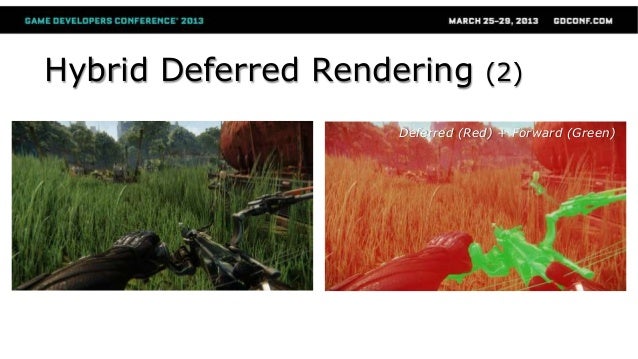One for the techies. This is part 1 of a series of articles. I'll post the others when they are published. It's very in-depth.
Take the time to read it before commenting to avoid this breaking down into a thread that ends up locked, yeah?
http://www.redgamingtech.com/xbox-one-sdk-hardware-leak-analysis-cpu-gpu-ram-more-part-one-tech-tribunal/
Take the time to read it before commenting to avoid this breaking down into a thread that ends up locked, yeah?
http://www.redgamingtech.com/xbox-one-sdk-hardware-leak-analysis-cpu-gpu-ram-more-part-one-tech-tribunal/
When the hacker group H4LT leaked the Xbox Ones SDK and its accompanying documentation, we gamers and journalists were given a fantastic insight of the hardware and software Microsofts Xbox One is comprised of. When the the Xbox Ones SDK leak first hit, gaming news headlines primarily focused their attentions on the revelation the seventh CPU core of the Xbox One (well, up to 80 percent of it anyway), was now usable by game developers. This change further extended the CPU performance lead the Xbox One has over Sonys Playstation 4 (thanks to the Xbox Ones higher CPU clock speed).
But in reality, theres a lot more revealed inside the documentation than just that.
For example, if youve ever wondered Xbox One games are more likely to experience frame rate drops during an Achievement Unlocked popping up on screen, youll have your answer soon enough. Its our mission, starting with this a first in a series of articles, to take you through the various improvements and changes in the Xbox Ones architecture, SDK and development cycle; explaining the language and providing insights into Compute, ESRAM usage, APIs and just about everything else that makes Microsofts Next-Gen console tick.


